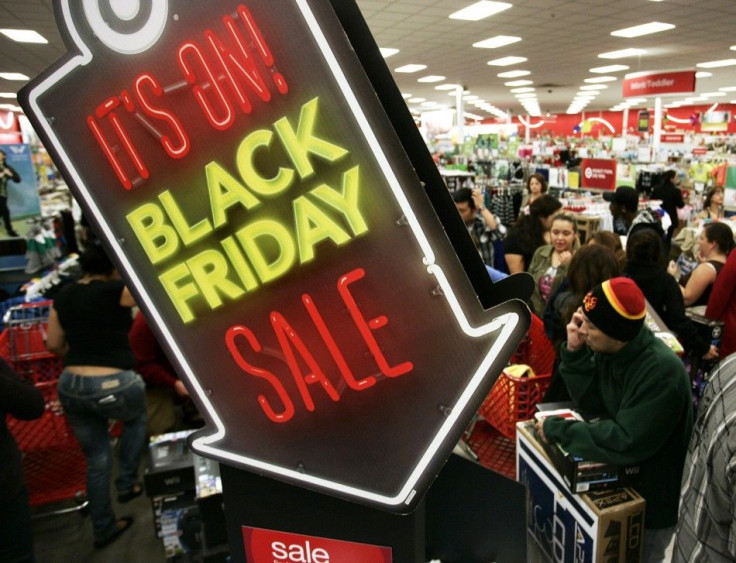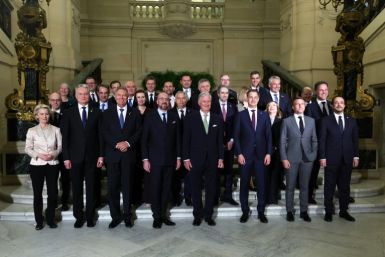Google teaches people how to shop on Black Friday

Google offered some insights for everyone on the lookout for the next best Black Friday deals. The tech giant just published some store traffic insights to help people figure out how best to shop during this hectic occasion in the US.
According to Google, the best time to shop during Black Friday is around 6 am. Contrary to popular belief that people wake up before dawn during this day, Google's research found that early morning may actually be the least crowded times to do shopping. Google analysed aggregated and anonymised data based on people's Location History to establish foot traffic in department stores, shopping malls and other in-demand places during the shopping season. For those who want to score a major deal, then it is best to head out early.
This is the first time that Google is leveraging its Google Maps data, according to Venture Beat. In a nutshell, the research advises people to avoid the afternoons for peak hours and stick to the morning. Google also refuted claims that consumers begin shopping once the stores open. Black Friday traffic peaks include 2 pm to 4 pm. The eve of Thanksgiving Day is also a hectic time.
Apart from helping shoppers learn the best time to get holiday deals, Google also announced how companies/advertisers can measure their Black Friday success. The company will be providing data on keywords that drive the most actual store visits. Store visits can be viewed daily, weekly or monthly.
"For example, a toy store may learn that certain dolls or action figures bring in the most visitors. With this insight, that toy store might invest in search terms that drive both online and offline sales, and display those products at the front of their store," Google wrote in a post. "As a reminder, store visits are based on anonymous and aggregated statistics and are shared in a privacy-safe way."
Contact the writer at feedback@ibtimes.com.au, or let us know what you think below.






